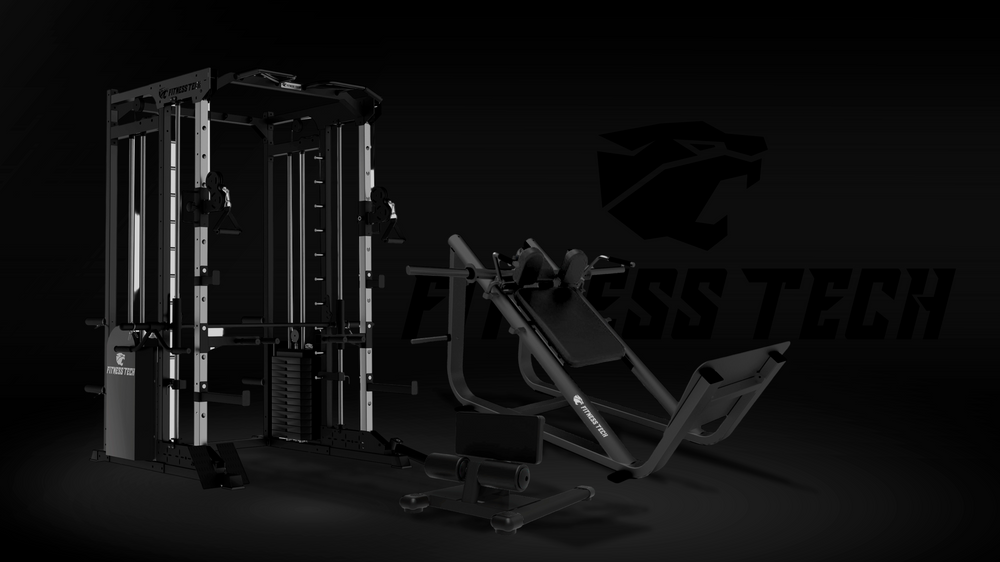Corporate fitness: how companies promote workplace well-being and performance
In recent years, the concept of workplace well-being has ceased to be a trend to become a true necessity within the business environment. More and more companies recognize that taking care of their employees' physical and mental health not only improves the work atmosphere but also increases productivity, reduces absenteeism, and strengthens corporate culture. In this context, corporate fitness emerges as a key strategy to balance work and health, both in traditional offices and in remote work environments.
Companies that promote workplace exercise: a cultural change
Large organizations have long been investing in office exercise programs, but today this practice has become democratized. From startups to SMEs, more and more companies incorporate healthy habits into the workday as part of their well-being policy.
- Scheduled active breaks during the workday.
- Yoga, Pilates, or stretching classes guided by professionals.
- Fitness spaces within the company equipped with multifunctional machines, stationary bikes, or dumbbells.
- Internal sports challenges such as step competitions or monthly physical activity challenges.
These actions not only benefit cardiovascular and postural health but also reinforce motivation and connection among employees. The most recent studies indicate that physically active workers show 25% more concentration and 30% fewer absences due to illness.
Gyms in offices: the new trend in corporate well-being
More and more companies are installing gyms in their offices or specific training areas. These spaces allow employees to train before or after the workday, or even during breaks, without needing to travel.
A corporate gym does not have to take up much space. With well-selected equipment — such as compact multi-stations, adjustable benches, folding treadmills, or professional spinning bikes — a functional and versatile fitness area can be created.
Benefits of a gym in the office
- Reduction of work stress: exercise releases endorphins that improve mood.
- Better work environment: training together creates bonds and strengthens team spirit.
- More energy and concentration: movement activates circulation and brain oxygenation.
- Positive company image: projects commitment to health and talent sustainability.
At Fitness Tech, we have seen a notable growth in demand for office and corporate equipment, especially silent, compact, and easy-to-maintain machines. These are solutions designed to integrate into modern work environments and promote an active lifestyle without interrupting the professional routine.
Workplace well-being and productivity: a direct connection
Workplace well-being is not just a motivational concept. Various studies confirm that companies promoting exercise among their employees record higher levels of satisfaction, creativity, and talent retention.
When a worker has tools to take care of their health inside or outside working hours, their commitment to the company increases. This translates into lower turnover, greater involvement, and a stronger corporate culture.
Additionally, regular physical exercise helps combat the effects of sedentary behavior caused by spending long hours in front of the computer. It strengthens the back, improves posture, and reduces common muscle pains among office workers.
Remote work and fitness: short routines to stay active
The rise of remote work has completely changed how we understand productivity. Although it offers flexibility and comfort, it has also increased the risks of sedentary lifestyle, stress, and physical disconnection.
Therefore, implementing routines for remote workers has become essential. It is not necessary to have a complete gym at home; just a few minutes and some basic equipment are enough to activate the body and clear the mind.
Example of a 10-minute routine for remote workers
- Squats (1 minute): activates legs and glutes.
- Supported push-ups (1 minute): strengthens arms and chest.
- Plank (30 seconds): works the core.
- Neck and shoulder stretches (1 minute): releases accumulated tension.
- Light jumps or skipping (1 minute): improves circulation.
- Deep and slow breathing (30 seconds): relaxes and oxygenates.
These brief and effective routines help improve posture, reduce visual fatigue, and maintain mental balance during the workday. In the remote work environment, consistency is more important than exercise duration.
How to implement corporate fitness in a company
- Initial diagnosis: analyze the needs and limitations of space and staff.
- Design a well-being plan: include active breaks, sports challenges, or fitness zones.
- Functional equipment: choose multifunctional machines, folding treadmills, or free equipment like dumbbells, elastic bands, and mats.
- Training and support: have external trainers or physiotherapists guide employees.
- Measurement of results: conduct periodic surveys and track participation and satisfaction indicators.
Each step reinforces the company's commitment to the health and sustainable performance of its team.
Investing in health is investing in productivity
Corporate fitness is not a passing fad but a smart bet on the future of work. Promoting exercise in the office and workplace well-being generates measurable benefits in motivation, energy, and team cohesion. Both in offices and in remote work environments, movement is the best ally against stress and sedentary behavior.
At Fitness Tech, we believe well-being starts with the environment. That is why we offer training equipment adapted to modern companies, designed to promote an active life at work and beyond. Because a healthy company starts with healthy employees.






Leave a comment